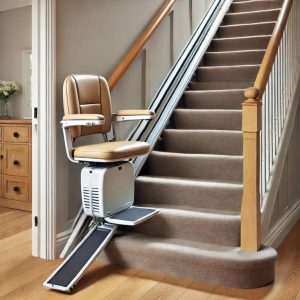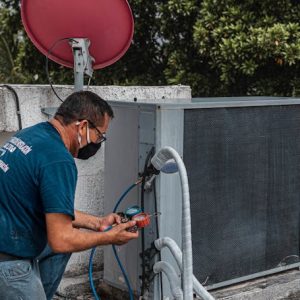The traditional office landscape is undergoing a transformative shift driven by a developing awareness of the impact of workplace plans on representative health and efficiency. Integrating standing desks and ergonomic chairs addresses a pivotal move toward creating a healthier office climate. This article investigates the collaborations between standing desks and ergonomic chairs, featuring their consolidated job in designing workspaces that focus on prosperity and efficiency.
The Ascent of Standing Desks:
Standing desks have turned into an image of the cutting-edge, health-cognizant workplace. The passive nature of work area-bound positions has incited a shift towards standing desks, which allow representatives to alternate between sitting and standing situations over the day. This dynamic approach to work area work is associated with various health benefits, including further developed pose, increased energy levels, and decreased hazard of persistent health issues.
Ergonomic Considerations in Standing Desks:
While incorporating standing desks into the office plan, ergonomic considerations are paramount. The level of the standing work area should be adjustable to accommodate clients of various levels. The goal is to create an arrangement that advances a neutral wrist, arm, and eye level to forestall strain and inconvenience. Putting resources into quality standing desks with adjustable features guarantees representatives can personalize their workstations for optimal solace.
The Complementary Job of Ergonomic Chairs:
While standing desks offer a reviving break from delayed sitting, the reality is that representatives need a comfortable seating arrangement during their workday. This is where ergonomic chairs become an integral factor. These chairs are intended to offer optimal help to the spine, lower back, and overall body, advancing great stance and lessening the gamble of musculoskeletal issues associated with expanded sitting times.
Creating a Seamless Transition:
Integrating standing desks and ergonomic chairs effectively includes creating a seamless transition among sitting and standing work modes. This can be achieved by strategically placing adjustable ergonomic chairs near standing desks. At the point when representatives want to sit after a time of standing, they can seamlessly transition to a steady chair intended to supplement the ergonomic standards of the standing work area.
Advantages of Alternating Between Sitting and Standing:
The combination of standing desks and ergonomic chairs encourages representatives to adopt a dynamic approach to their work. Alternating between sitting and standing has been connected to increased blood circulation, decreased fatigue, and further developed concentration. This adaptability allows individuals to pick the stance that suits their tasks and personal inclinations, adding to a more personalized and health-cognizant work insight.
Ergonomic Chair Features for Health and Solace:
Ergonomic chairs come furnished with various features intended to enhance health and solace. These may incorporate adjustable lumbar help to maintain the natural bend of the spine, seat level adjustment for legitimate alignment, and breathable materials to advance airflow. Picking chairs with these features guarantees representatives experience solace and backing during their seated work meetings.
Representative Prosperity and Occupation Satisfaction:
A workplace that focuses on the health and prosperity of its representatives cultivates work satisfaction and a positive workplace. By giving a decision between standing desks and comfortable ergonomic chairs, managers enable individuals to take control of their workstations, adding to a feeling of autonomy and overall work satisfaction.
Addressing Different Work Tasks:
Work frequently includes various tasks, some more fit to sitting while others to stand. Designing a healthier office acknowledges this variety and allows representatives to adapt their workspaces accordingly. From centered tasks that benefit from sitting to brainstorming meetings that blossom with standing collaboration, a very much-planned office caters to the various necessities of its labor force.
Encouraging Development and Physical Activity:
Standing desks and ergonomic chairs advance a workplace culture encouraging development and physical activity. Whether workers stand during a telephone call or take short sitting breaks over the course of the day, consolidating these components upholds a more dynamic and health-cognizant approach to office life.
Strategic Implementation for Lasting Impact:
Designing a healthy workplace using incorporating standing desks and ergonomic chairs calls for a key and canny methodology. Contemplate the design of workstations, the openness of movable chairs, and the joining of breakout spaces for status social activities. By decisively doing these elements, organizations could make an enduring impact on their group of workers’ flourishing, achievement, and proficiency.
Conclusion
The marriage of standing desks and ergonomic chairs tends to be a complete way to design a higher office environment. By seeing the upsides of standing and sitting; businesses can empower their personnel to settle on picks that line up with their well-being and effectiveness goals. This critical mix helps a piece of surrounding culture that spotlights flourishing, versatility, and long stretch delegate fulfillment, at remaining including to a higher, more dynamic expert neighborhood.




